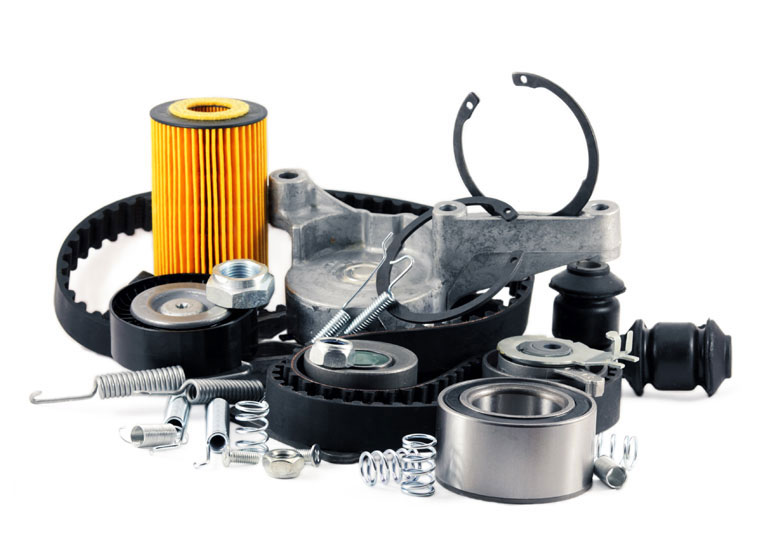Changes Could Also Bring New Opportunities
Electric vehicles (EVs) have come a long in the last several decades. With ever-increasing driving ranges, performance and enhanced visual appeal, electric vehicles are becoming more popular than ever. In fact, new EV registrations doubled in the U.S. in 2018, presenting a new frontier of change and innovation in the automotive space.

However, while EVs present a big environmental boost and economic potential, one area that will likely be disrupted is traditional maintenance and repairs at automotive dealers. According to Wally Burchfield of Nissan North America, EVs will likely only deliver two-thirds to three-quarters of the service-based revenue that traditional gas powered vehicles do.
So, what does this mean for automotive dealers’ revenue-generating service operations, and how can original equipment manufacturers (OEMs) help prepare dealers for this inevitable shift? Below, I outline three key areas of opportunity:
Evolving Revenue Models
Parts and service accounts for nearly 50 percent of a dealer’s revenue. However, since EVs tend to require less maintenance than traditional, gas-powered vehicles, service will no longer rake in as much money as it previously has. This means that OEMs will really need to begin to think about how service fits into the future of business, and how they should monetize it moving ahead.

The dealer service experience is complex, and successfully retaining–and attracting–customers is a common challenge. From having the right service parts in stock to treating each customer as an individual with unique needs, brands must continuously improve their service experiences to compete with both third-party and ecommerce providers. OEMs must consider sophisticated, cloud-based dealer inventory management solutions that provide a predictive, global and automated process for managing service parts–ultimately increasing both financial performance and the customer experience.
Vehicle Subscription Services
Another area that has become increasingly popular within the automotive industry is the subscription model–where consumers purchase monthly access to a vehicle that includes maintenance and insurance for one flat rate. Porsche, Volvo, BMW and many other automotive OEMs have begun to rollout these types of models, and we could see other brands outside of the luxury market do the same in the near future.

It’s not so much a matter of if, but when, customers will overwhelmingly demand subscription-based services, and auto manufacturers must begin equipping their dealers today to prepare for a proactive service model. In recent research, around 60 percent of respondents indicated fixed monthly cost and included maintenance and repairs as the biggest advantages of vehicle subscription services. OEMs must equip dealers to prepare for this changing demand, and the revenue possibilities that subscription services bring could help recoup some of the losses to be expected as EVs increase in popularity.
Balancing Break-Fix Service and Servitization
While more and more EVs are hitting the road and the subscription model continues to find its place, the vast majority of vehicles driven around the world fit into neither of the above categories. The average age of vehicles on the roads in the U.S. is nearly 12 years, meaning all of these traditional vehicles will require typical break-fix service–or retroactively making repairs after an issue arises.
Combining this type of maintenance with the new age, proactive servitization approach that subscription models require will be challenging for dealerships. This means OEMs need to have the proper technological tools in place that can help them optimize both models with minimal confusion so that they can remain competitive.
EVs are an exciting new frontier in the automotive industry, but without the right approach to service, could present a major stumbling block for automotive OEMs and their dealers. However, with the proper tools and strategies in place, OEMs and dealers can not only avoid pitfalls, but set themselves up for a very successful future.

1 thought on “Opinion: EVs Are Here: What Does It Mean for Auto Dealers’ Service Revenue?”